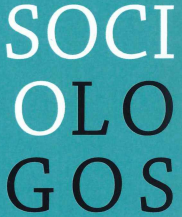Abstract
This article argues for an intergenerational perspective on migrant religiosity. Social integration theory is used to derive the hypothesis that second generation immigrants are less religious than the first generation. Perceived discrimination is introduced in the migrant-religion research to account for the stress buffering capacities of religion. On the contextual level we suppose a positive effect of native religiosity and religious diversity. Three aspects of religiosity are examined, religious affiliation, subjective religiosity, and praying. We use four waves of the European Social Survey in a 3-level random intercept multilevel model. Among others, the most interesting results are that (1) second generation immigrants are less religious than their first generation counterparts, (2) perceived discrimination has a positive effect on immigrant religiosity and the effect is greater for the second generation and (3) native religiosity has a positive effect on immigrant religiosity with a larger effect on the second generation too.
How to Cite:
Van der Bracht, K., (2013) “Kinderen van God?: de rol van generatie, discriminatie en religieuze context voor de religie van migranten in Europa”, Tijdschrift voor Sociologie 34(1), 5–35. doi: https://doi.org/10.21825/sociologos.86817
Downloads:
Download PDF
View PDF


